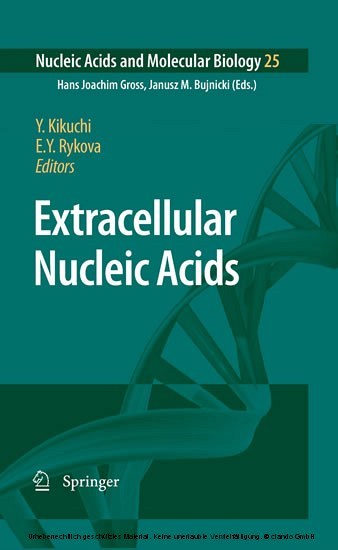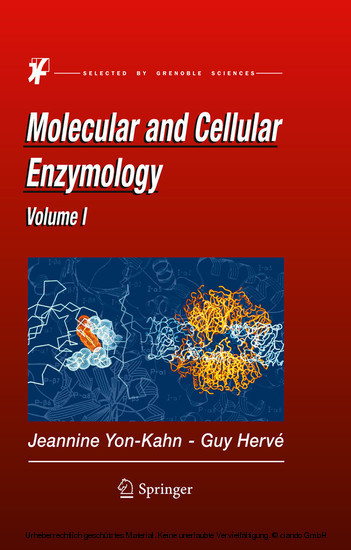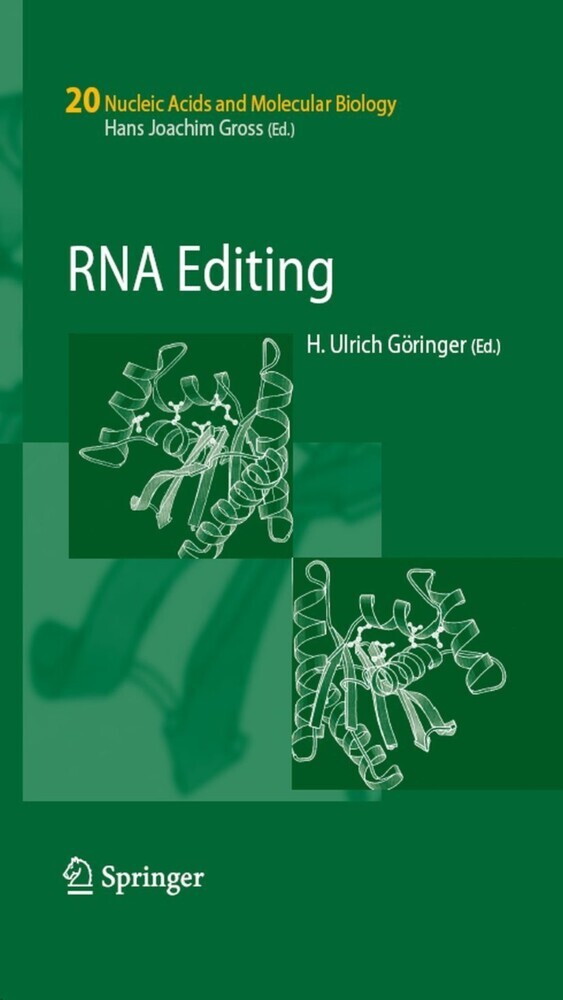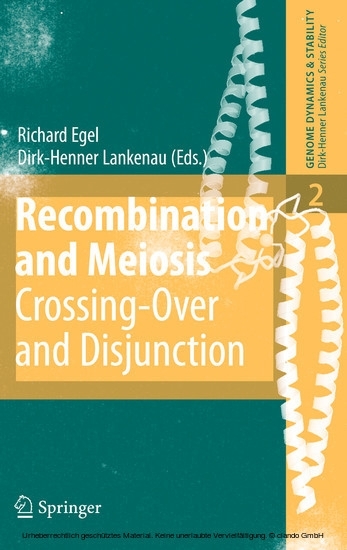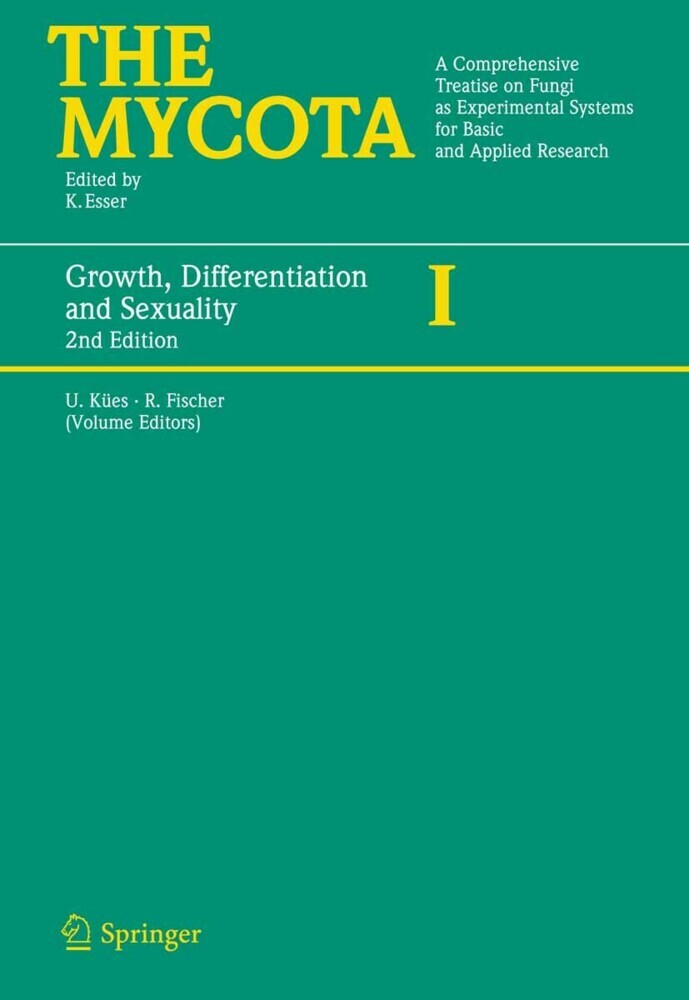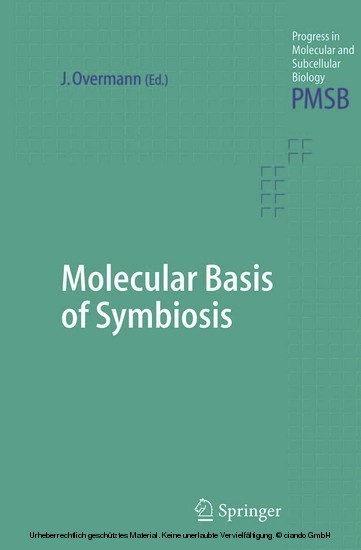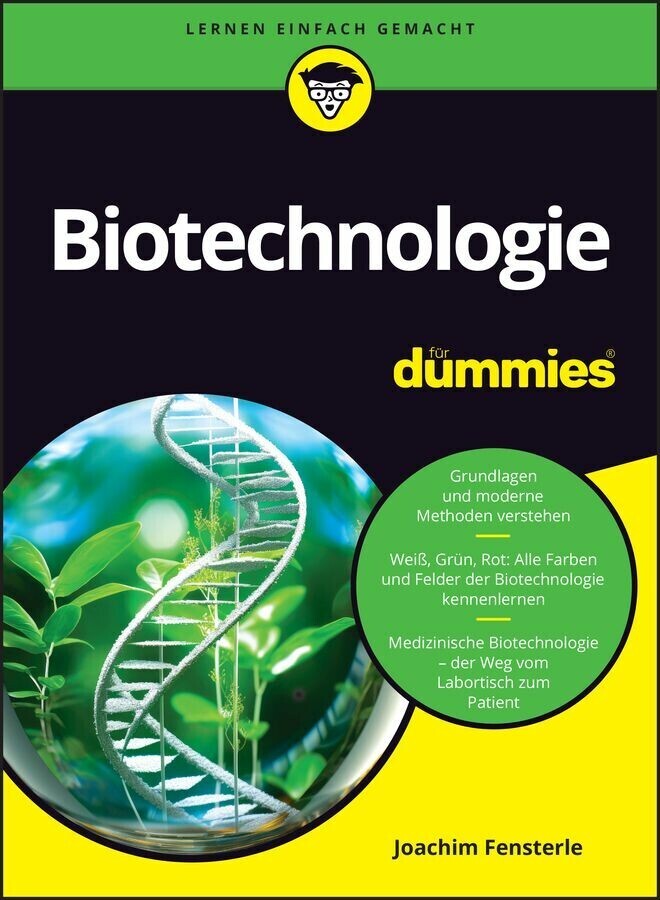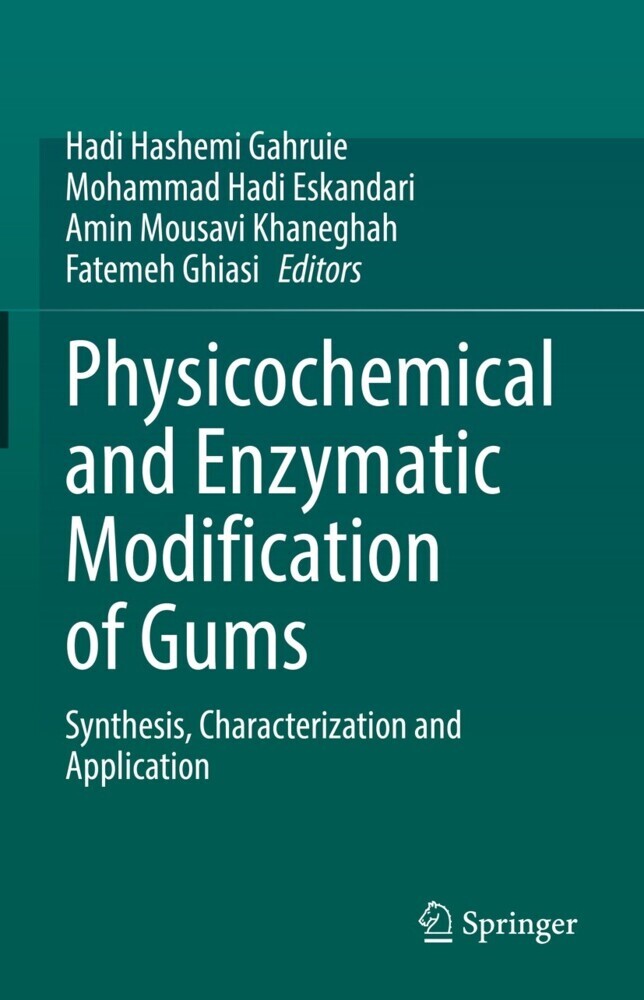Endosymbionts in Paramecium
Endosymbionts in Paramecium
Endosymbiosis is a primary force in eukaryotic cell evolution. In order to understand the molecular mechanisms involved in this mutualistic relationship, experiments to reproduce endosymbiosis are indispensable. The ciliate 'Paramecium' is an ideal host for performing such studies.
Topics presented in this volume are: the origins of algal and bacterial symbionts in 'Paramecium', the diversity of endosymbiotic bacteria, such as 'Holospora' bacteria and especially 'Chlorella' species, as well as the infection and maintenance processes.
The metabolic control, the regulation of circadian rhythms and photobiological aspects of the mutualistic association, as well as the killer effect of 'Paramecium' and its causative agents are further points discussed.
1;Preface;6 2;Contents;8 3;Origins of Algal Symbionts of Paramecium bursaria;10 3.1;1 Introduction;11 3.2;2 Classical Approaches to the Identification of Symbionts;12 3.3;3 Molecular Phylogeny of the Symbionts;16 3.4;4 Symbiont rDNA Group I Introns;28 3.5;5 Host-Symbiont Specificity;30 3.6;6 Concluding Remarks and Evolutionary Considerations;32 3.7;References;35 4;Infection of Paramecium bursaria by Symbiotic Chlorella Species;40 4.1;1 Introduction;41 4.2;2 Differentiation of DVs of P. bursaria;43 4.2.1;2.1 Morphological Classification of DVs and Timing of Appearance of Each DV;43 4.2.2;2.2 Timing of Acidosomal Fusion to DVs;46 4.2.3;2.3 Timing of Lysosomal Fusion to DVs;47 4.3;3 Fates of Chlorella Cells in Infection;47 4.3.1;3.1 Acquisition of Temporal Resistance to Lysosomal Enzymes in the Host DVs;49 4.3.2;3.2 Escape from the Host DVs by Budding of the Membrane;51 4.3.3;3.3 Differentiation of PV Membrane;51 4.3.4;3.4 Translocation and Attachment Beneath the Host Cell Surface;52 4.3.5;3.5 Cell Division of Algae After Establishment of Endosymbiosis;53 4.4;4 Different Behaviors in Infection Between Infection-Capable and Infection-Incapable Chlorella Species;53 4.4.1;4.1 Infectivity of Various Symbiotic and Free-Living Chlorella Species;53 4.4.2;4.2 Lectin Binding Ability of Symbiotic and Free-Living Chlorella Species;54 4.5;5 Characteristics of PV Membrane;55 4.5.1;5.1 Protection from Lysosomal Fusion;57 4.5.2;5.2 Synchronous Swelling of PVs;57 4.6;6 Protection of Symbiotic Algae from Chlorella Virus by Endosymbiosis;58 4.7;7 Concluding Remarks and Further Perspectives;60 4.8;References;61 5;Metabolic Control Between the Symbiotic Chlorella and the Host Paramecium;66 5.1;1 Introduction;67 5.2;2 Features of Symbiotic Chlorella Species;68 5.2.1;2.1 European and American Symbiotic Chlorella;68 5.2.2;2.2 Japanese Symbiotic Chlorella;69 5.2.3;2.3 Nitrogen Utilization of Symbiotic Chlorella;70 5.3;3 Amino Acid Transport of Symbiotic Chlorella and Its Regulation Factors;73 5.3.1;3.1 Amino Acid Uptake by Symbiotic Chlorella;73 5.3.2;3.2 Amino Acid Transport Systems;74 5.3.3;3.3 Factors Affecting Amino Acid Transport;76 5.4;4 Photosynthesis of Symbiotic Chlorella and Its Regulatory Factors;81 5.4.1;4.1 Features of Photosynthesis in Symbiotic Chlorella;82 5.4.2;4.2 Effects of Host Extracts on Carbon Dioxide Fixation by Symbiotic Chlorella;82 5.4.3;4.3 Factors Affecting Photosynthesis of Symbiotic Chlorella;84 5.5;5 Conclusions;86 5.6;References;88 6;Regulation of Circadian Rhythms of Paramecium bursaria by Symbiotic Chlorella Species;92 6.1;1 Introduction;93 6.2;2 Features of Circadian Rhythms;94 6.2.1;2.1 Mating Reactivity Rhythm;95 6.2.2;2.2 Photoaccumulation Rhythm;96 6.2.3;2.3 Phase Shift by Light Pulses;99 6.3;3 Effects of Symbiotic Chlorella sp. on Circadian Rhythms;101 6.3.1;3.1 Period Length;101 6.3.2;3.2 Phase Shift;103 6.3.3;3.3 Expression of Mating Reactivity Rhythms;105 6.4;4 Effects of Photosynthetic Products;106 6.4.1;4.1 Rescue of Mutant;106 6.4.2;4.2 Acquisition of Various Stress Resistances;108 6.5;5 Effects of Symbiotic Chlorella sp. on the Life Cycle;110 6.5.1;5.1 Length of Immaturity;111 6.5.2;5.2 Circadian Clock and Developmental Clock;112 6.6;6 Concluding Remarks and Future Perspectives;114 6.7;References;116 7;Photobiological Aspects of the Mutualistic Association Between Paramecium bursaria and Chlorella;120 7.1;1 Introduction;120 7.1.1;1.1 The "Classical" View of Mutual Benefits;121 7.1.2;1.2 Photoprotection in Chlorella-Ciliate Symbiosis;123 7.2;2 UV-Induced Accumulation Behavior of Symbiotic P. bursaria;125 7.3;3 Photoprotection of P. bursaria by Chlorella Self-Shading;127 7.4;4 Role of Endosymbiotic Chlorella in the (Photo-)oxidative Stress Balance of P. bursaria;128 7.5;5 Antioxidative Capacity of the P. bursaria-Chlorella Symbiosis;132 7.6;6 Conclusions and Perspectives;134 7.7;End Note;135 7.8;References;135 8;Diversity of Endosymbiotic Bacteria in Paramecium;140 8.1;1 Introduction;141 8.2;2 Symbiont Diver
Fujishima, Masahiro
| ISBN | 9783540926771 |
|---|---|
| Artikelnummer | 9783540926771 |
| Medientyp | E-Book - PDF |
| Auflage | 2. Aufl. |
| Copyrightjahr | 2009 |
| Verlag | Springer-Verlag |
| Umfang | 252 Seiten |
| Sprache | Englisch |
| Kopierschutz | Digitales Wasserzeichen |




